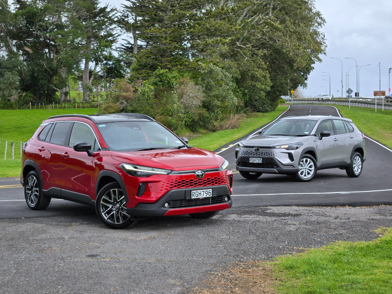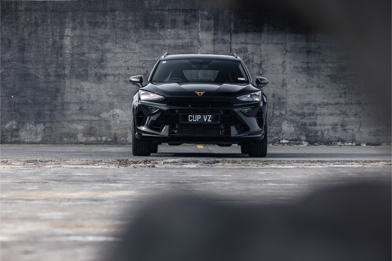We’ve covered the new Toyota Land Cruiser Prado pretty well around here. First with an epic 4x4 drive on the West Coast of the South Island, then a full review of the road-oriented VX model.
Click here to read our full review of the Toyota Land Cruiser Prado VX.
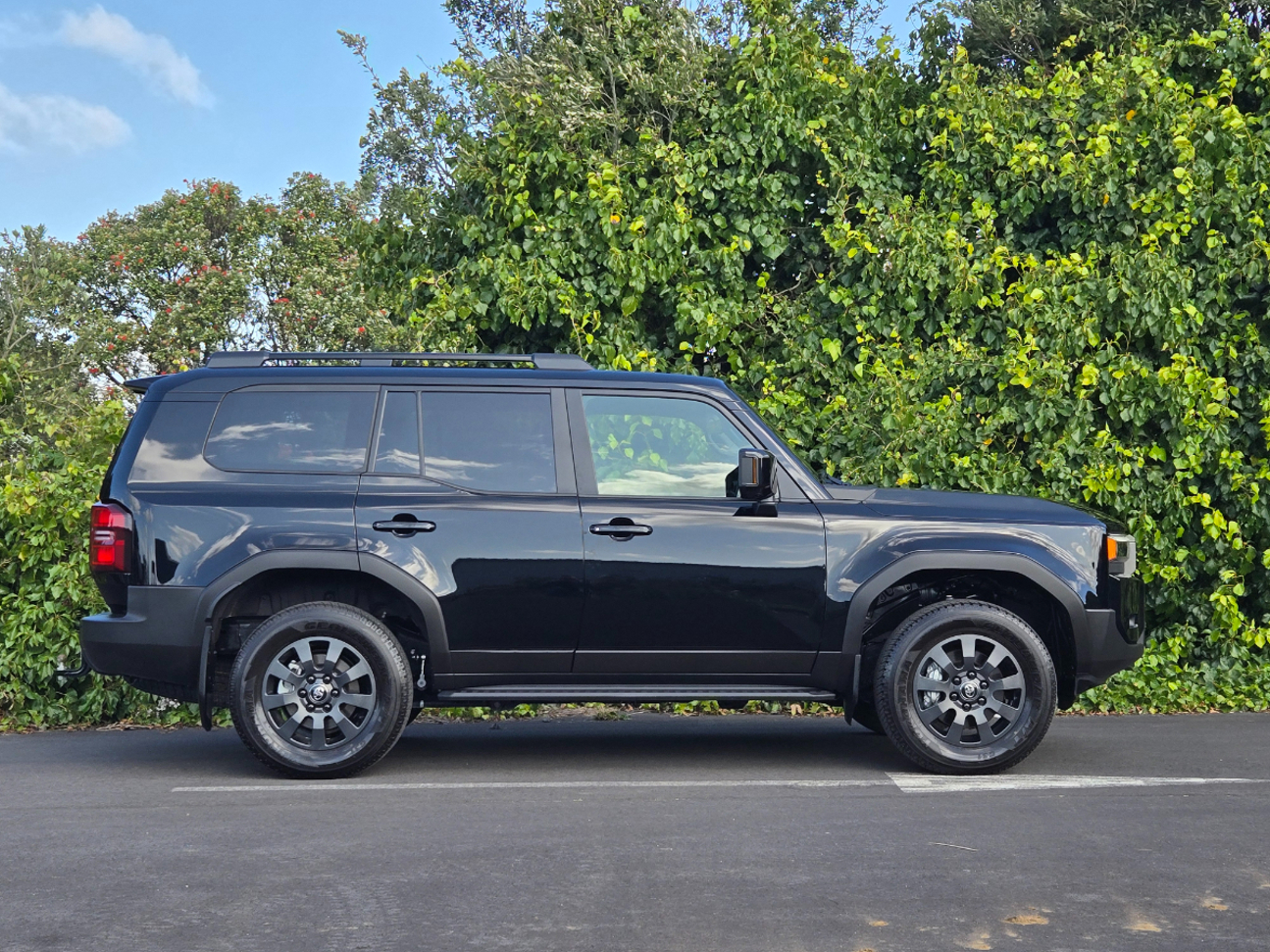
This isn’t really a review of the Prado as you might usually expect it. It’s more a look at the boot. Bear with us.
Among the Prado 7-seater’s many talents, one thing struck us (and everybody else for that matter) as poorly executed right from the start: the cargo area. The combination of the Prado’s high boot floor (needed to package some of the mild-hybrid hardware) and the 3dr-row seating created a bit of a mess.

The seats are mounted comically high, with a large step-down to what’s left of the boot. When said seats are folded there’s really nowhere for them to go, so Toyota has concocted a storage box that sits on the sliver of boot floor right at the back, lining up with the stowed 3rd row to at least create a flat load-through in 5-seat mode. Shallow, but flat.
This isn’t really a review of the Prado as you might usually expect it. It’s more a look at the boot. Bear with us.
The good news is that for those who don’t actually need 7 seats, the Prado is now available in 5-seat configuration. It has to be a whole separate model, because you can’t actually just remove the 3rd row from a 7-seater; it’s very much built in.
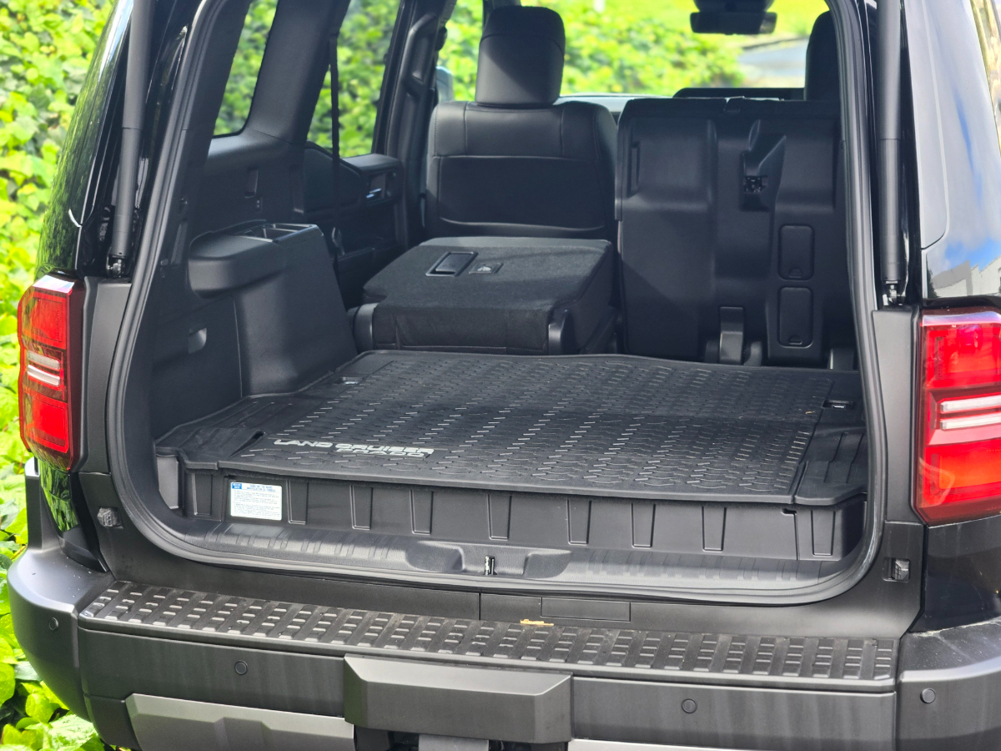
The 5-seat cabin is available on GXL and the Adventure model featured here, but not the fancier VX version.
How much more cargo volume is there? Wish we could tell you. But Toyota hasn't revealed any litre-figure for the Prado’s boot to date, in either model.
The bad news is that it’s still not brilliant. Better, but not brilliant. The boot floor is still high, meaning you have a step up from the bumper to the back of the car, then another small one up to the boot floor. There’s also still a little filler box right at back, to ensure everything lines up.
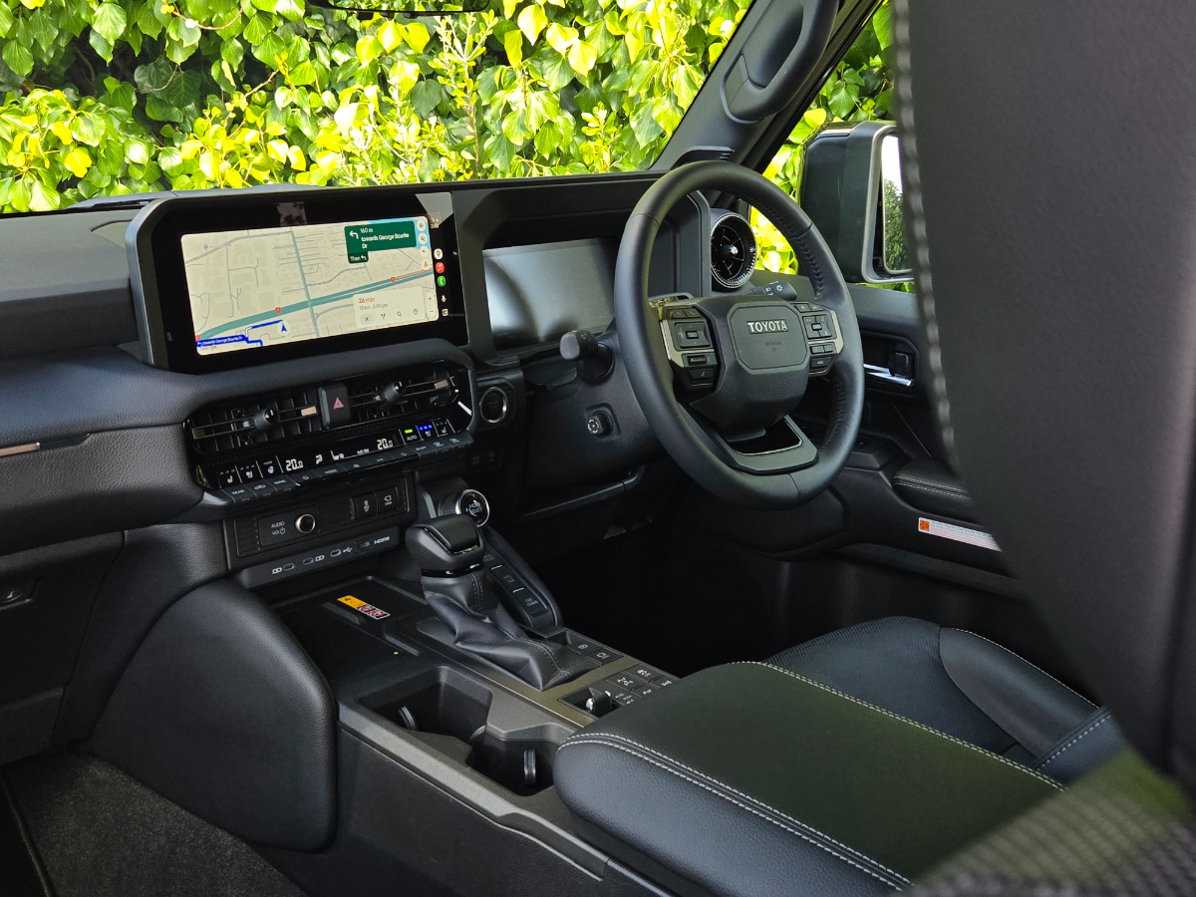
But yes, it’s a whole lot tidier, liberating more usable cargo space and making this big SUV more versatile - at least for things, if not for extra people.
Adventure is the most 4x4-capable, with all-terrain tyres, plus a stabiliser-disconnect system for maximum axle articulation and a locking rear differential.
How much more volume is there? Wish we could tell you. But Toyota has not revealed any litre-figure for the Prado’s boot to date, in either model. Curious, but perhaps evidence it’s a bit touchy about the whole issue.
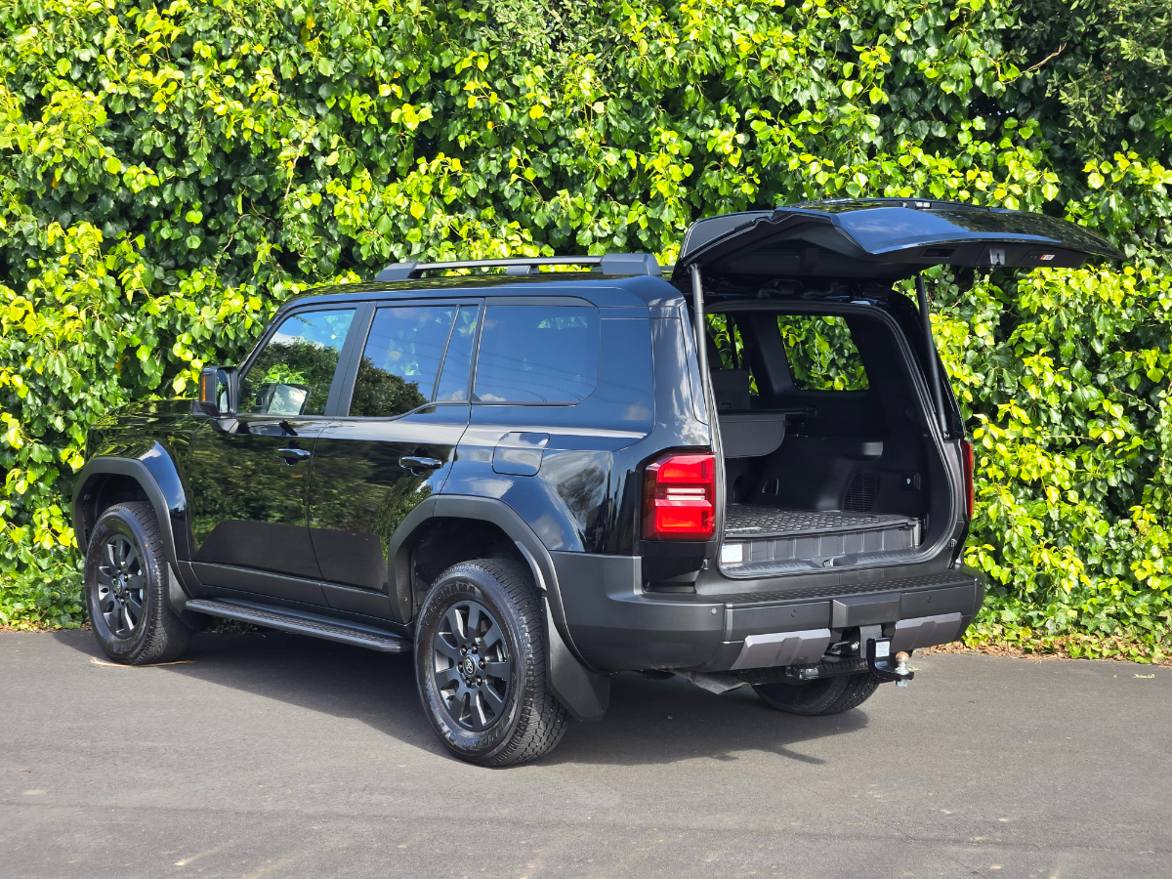
So at least now you have the choice. And if you really do need to carry gear instead of people, it’s likely to be in the more rugged GXL or Adventure models. The Adventure is the most 4x4-capable, remember, with 18-inch wheels wearing all-terrain tyres, plus a stabiliser-disconnect system for maximum axle articulation and a locking rear differential.
It’s still one cool-looking retro-inspired SUV, although another spin has further convinced us Toyota has been very deliberate in keeping quite a bit of NVH in this model to make it feel more Prado-authetic.
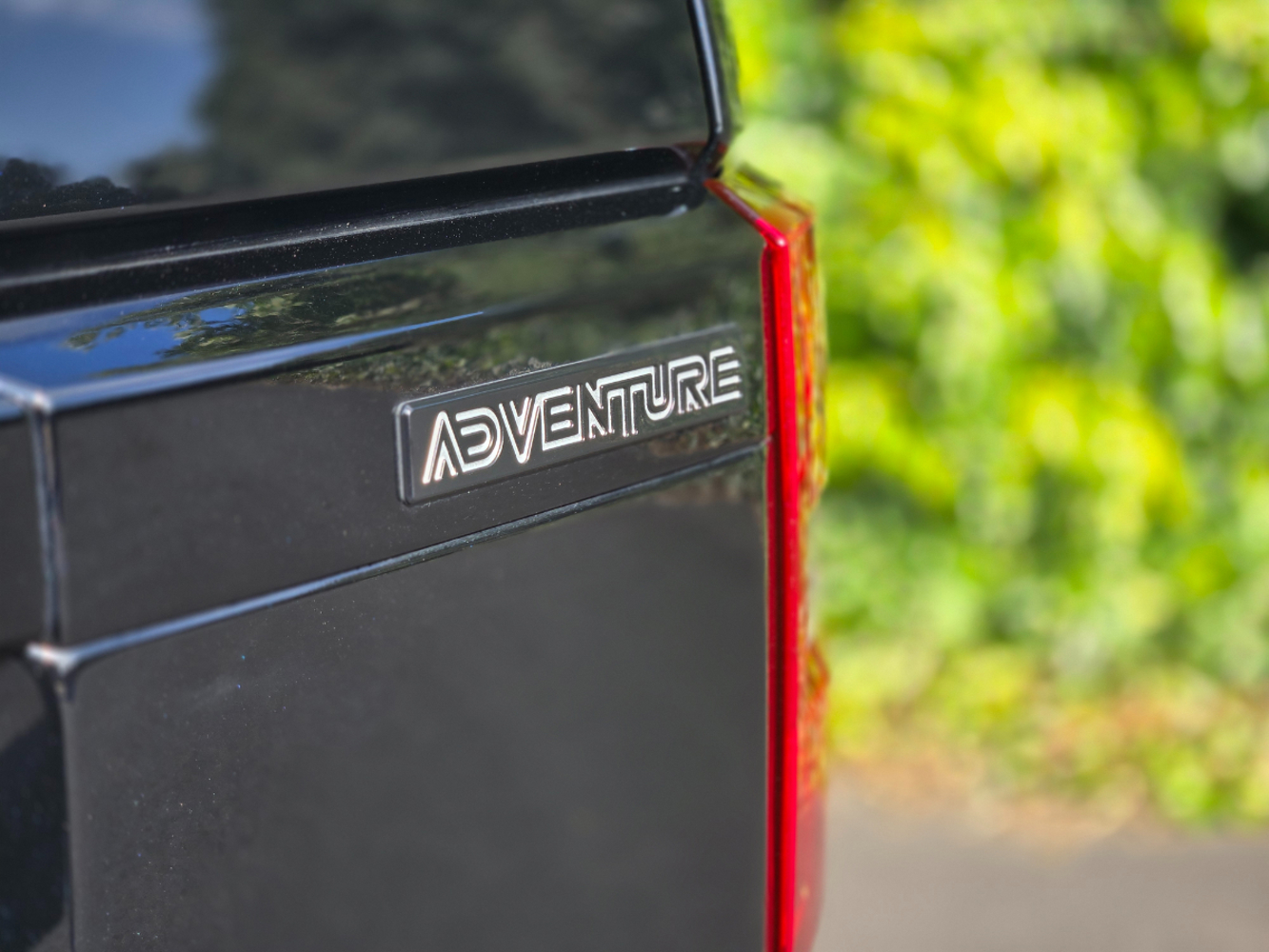
The mild-hybrid engine and 8-speed automatic are a smooth combination in many respects, but the Prado also sounds more diesely and serves up more vibration than even the Hilux, which is ostensibly less sophisticated because (a) it’s a 6-speeder and (b) it’s a ute.
Prado is a tough go-anywhere 4x4 truck as much as it is a fashion-piece, and it doesn’t want you to forget it. If you want on-road refinement, go buy a 5-seat RAV4 or 7-seat Highlander.













